In August I spent nearly 3 weeks in the country as a member of a team from Church of England Birmingham. The full story of our visit is on our team blog.
Arrival
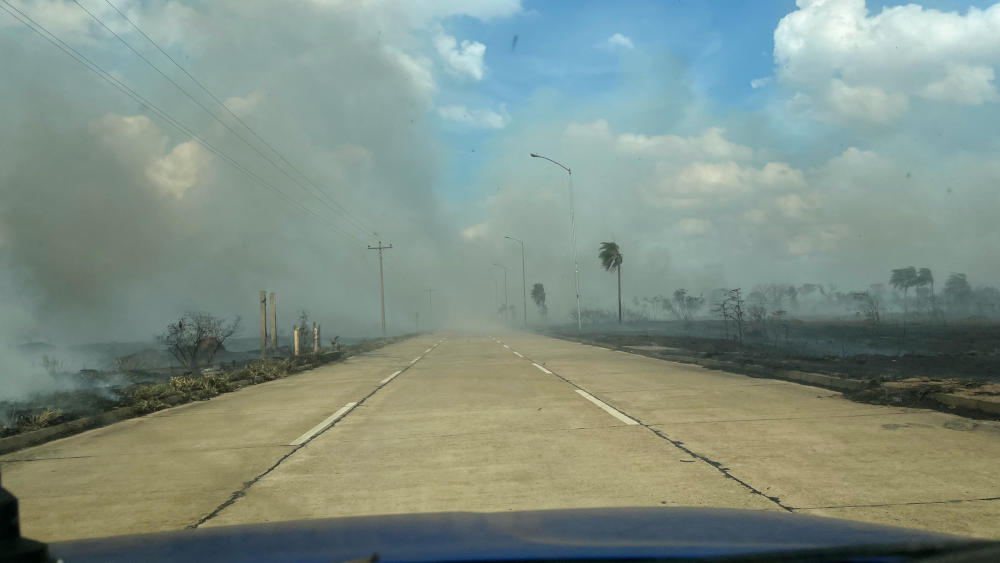
A dramatic arrival: Grass fires were burning all around Santa Cruz airport
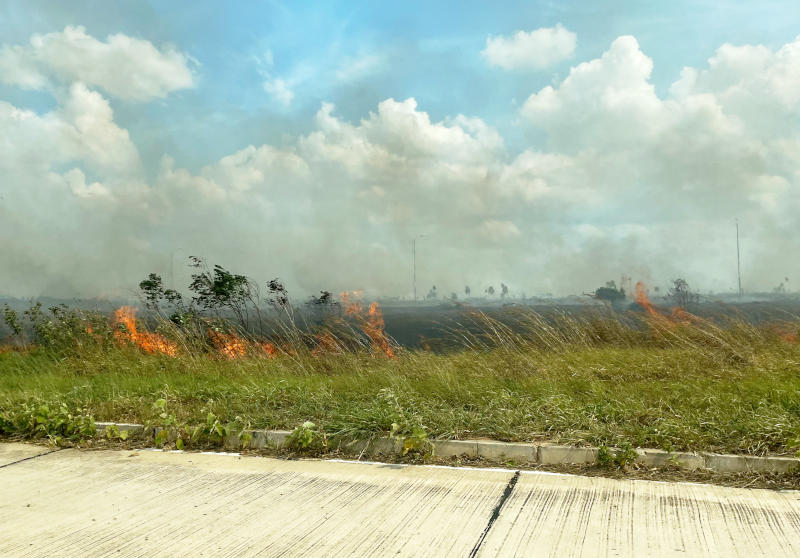
Bolivia on fire: temperature records were broken across South America, even during winter
Tarija
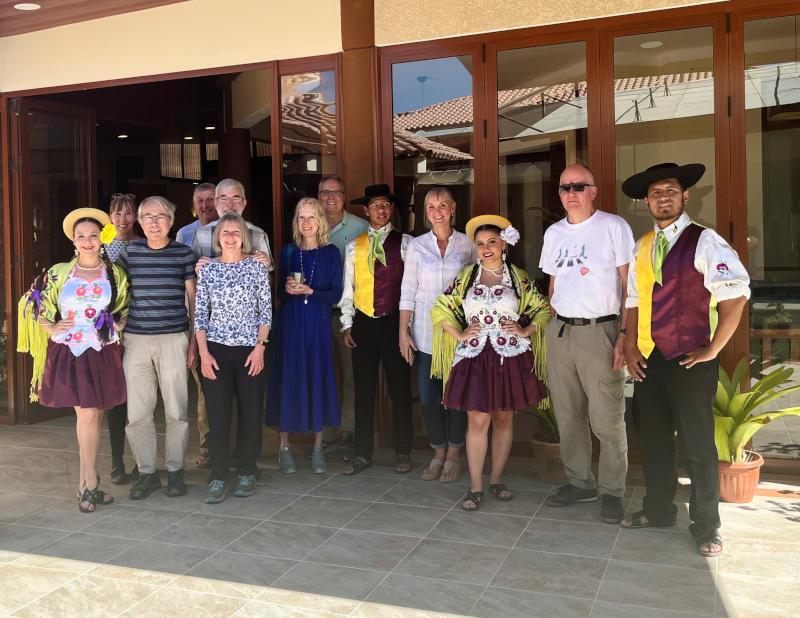
We spent over a week in the small southern city of Tarija, enjoying much hospitality. At this event we were joined by local dancers
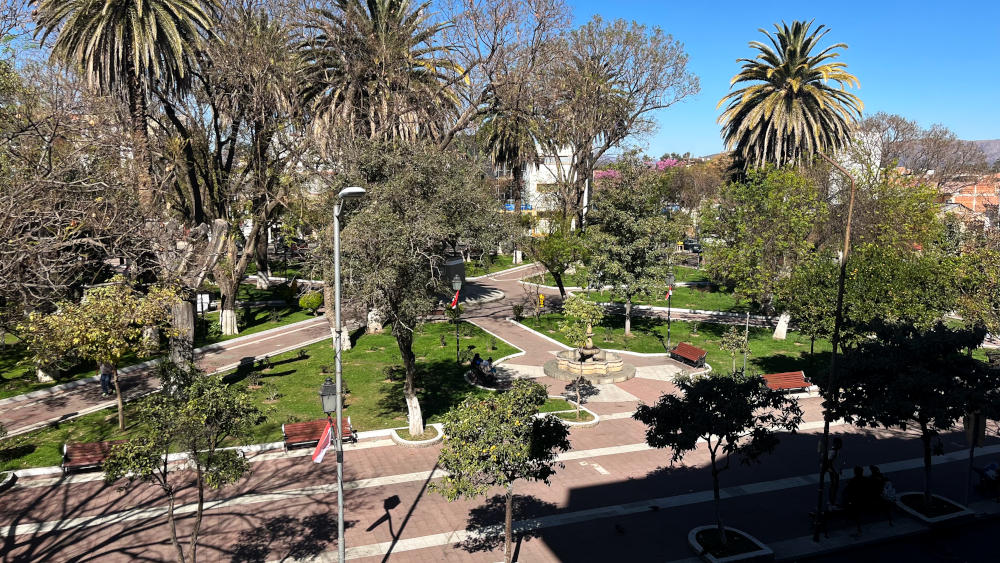
Tarija's central square, Plazuela Sucre. As in many Latin American cities, the centre is a place of calm amid the surrounding streets
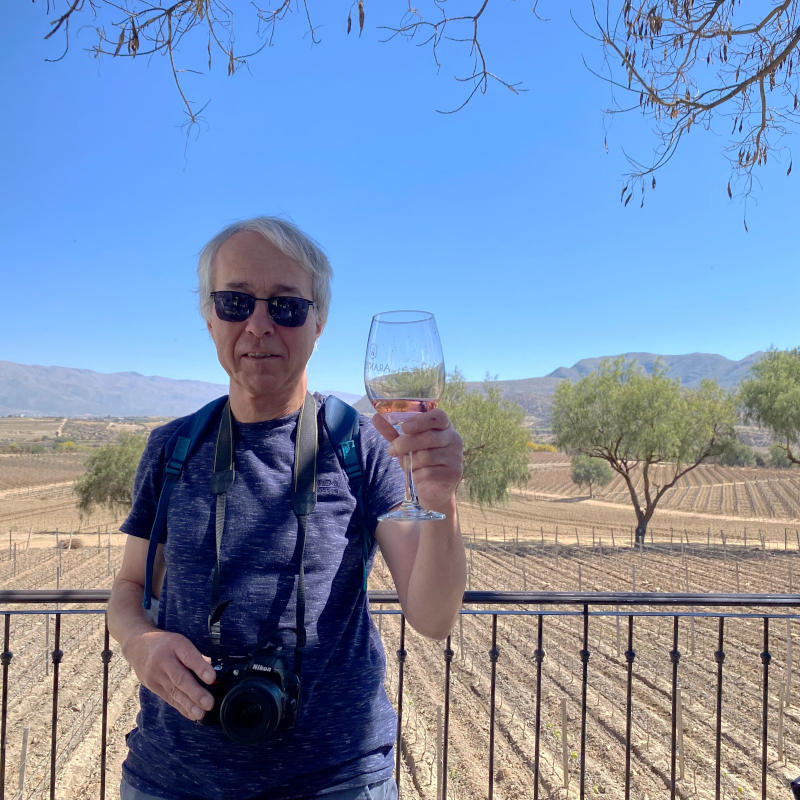
On a visit to the Aranjuez vineyard outside Tarija. The vines are barren in winter but the wine is excellent all year round. Unfortunately, very little is exported
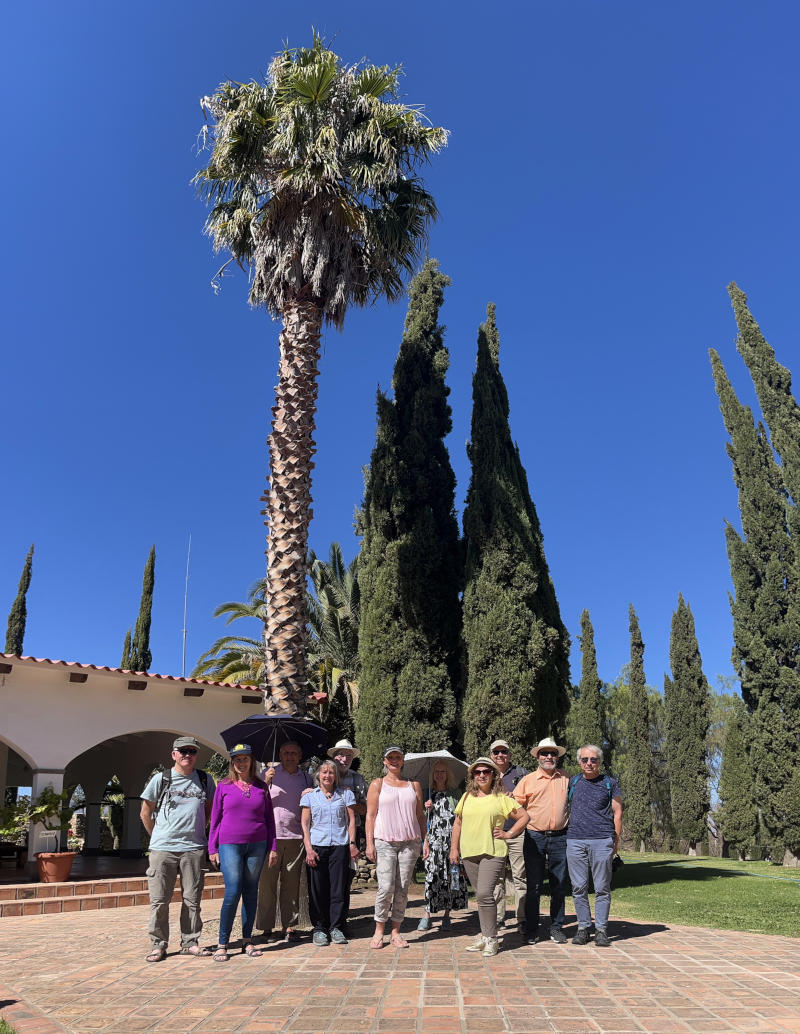
The team at the entrance to the vineyard. Second right is Walter Toro, who pastors the local Anglican church and is also the country's bishop
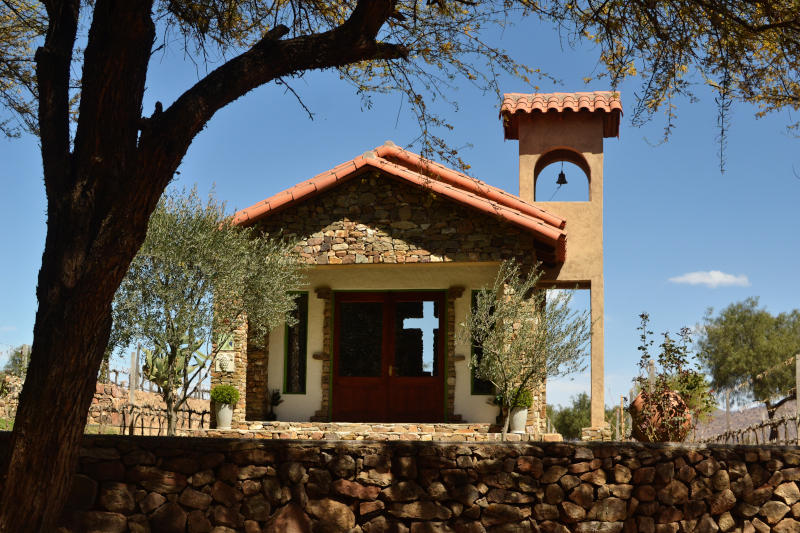
The vineyard has a small and beautiful chapel
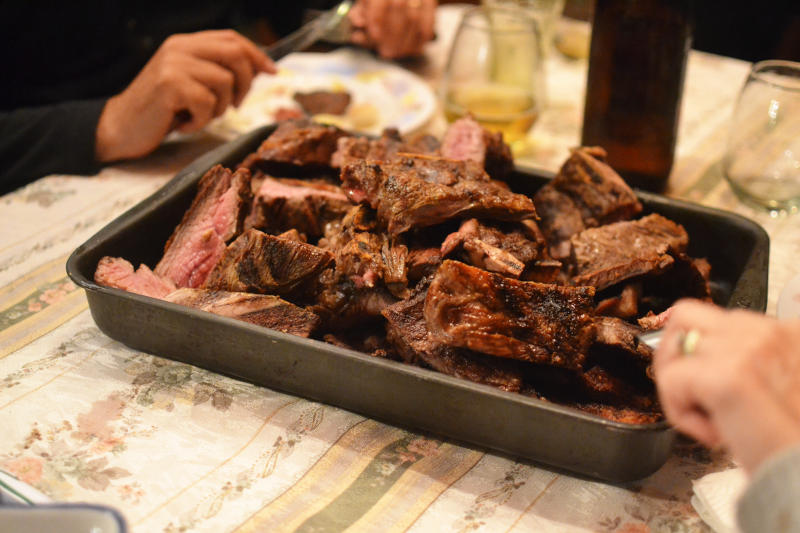
The asado is a social and culinary institution. Every large house has an outside grill of sufficient size to cook a substantial portion of a cow
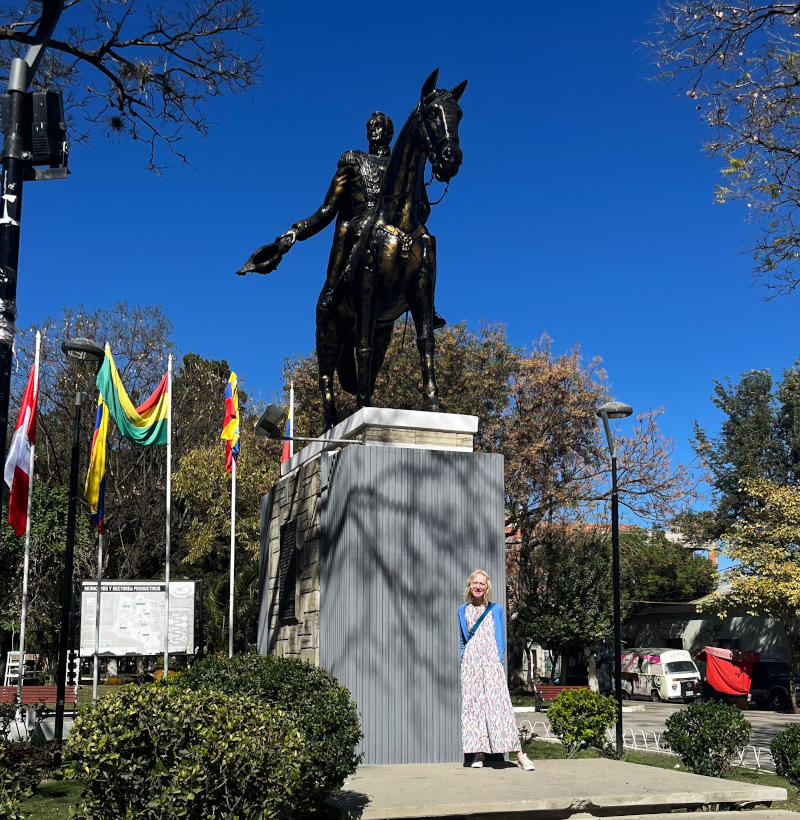
Team member Mary visits the statue of Simon Bolívar, celebrated as the liberator of South America from Spanish rule
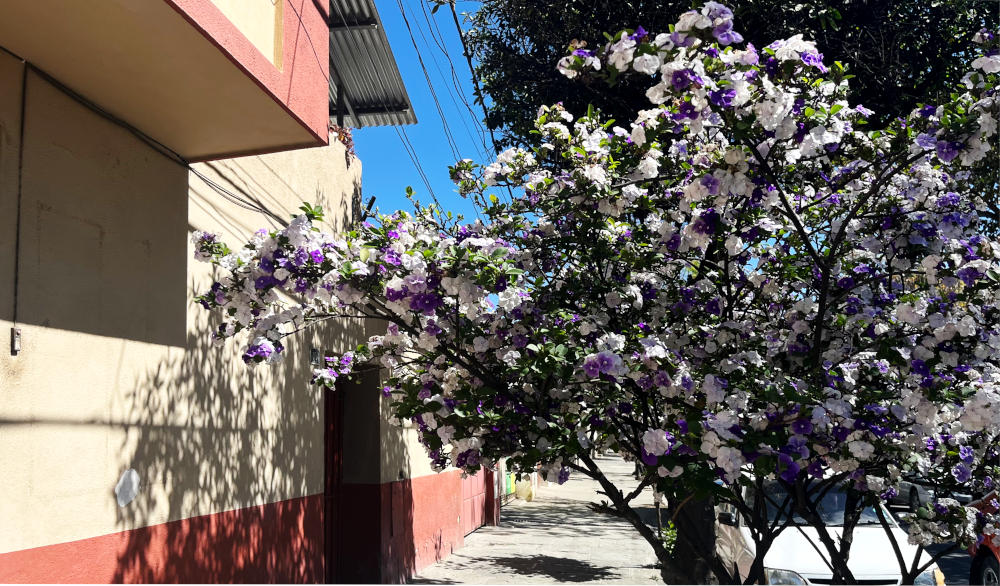
Urban beauty: the centre of Tarija is remarkably tranquil given the size of the city
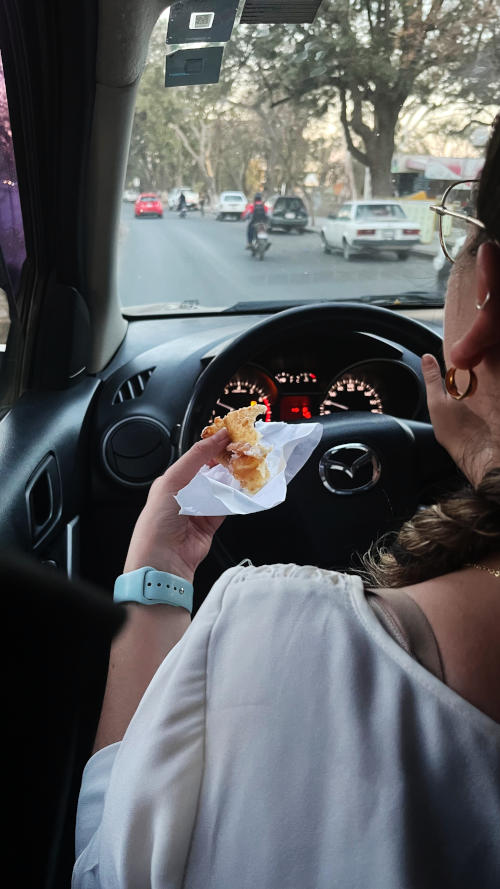
Driving in Bolivia: easily combined with a snack
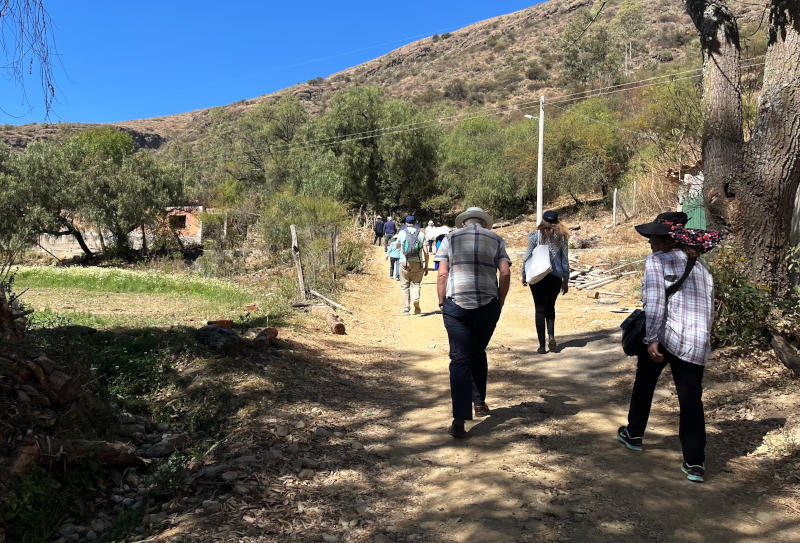
A walk in the country: note how dry the ground is. A local irrigation scheme had completely dried up
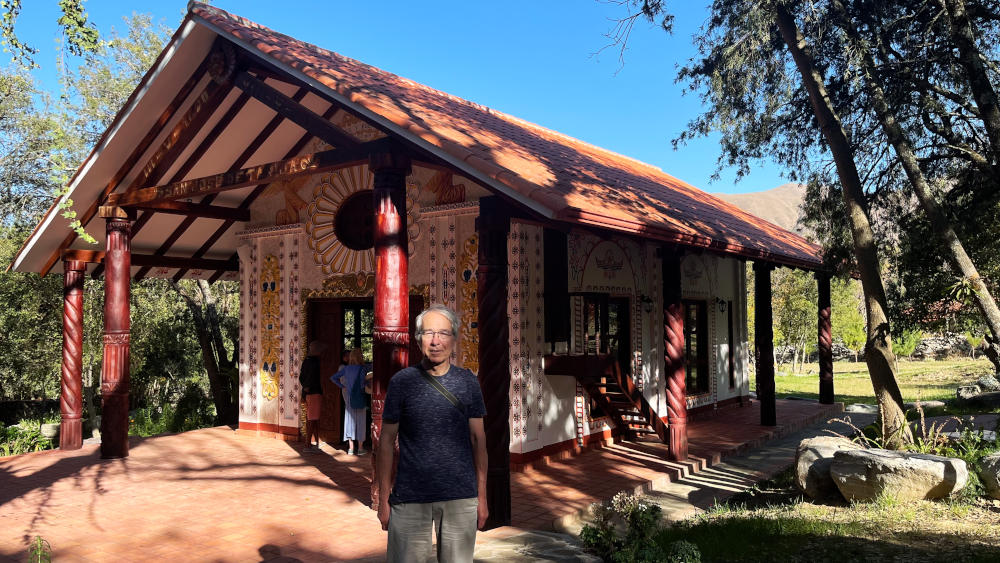
Another day, another chapel: this one is on a country estate in the mountains
Cochabamba
This huge central city is surrounded by mountains which both keep out the rain and trap dust and smoke, making for very poor air quality. The altitude was high enough to make me feel unusually out of breath after climbing a flight of stairs.

The statue Cristo de la Concordia dominates the city, standing on a high hill in the centre. When it was built it was the tallest statue in the southern hemisphere. I am standing at the base with fellow team member Alison to give a sense of scale
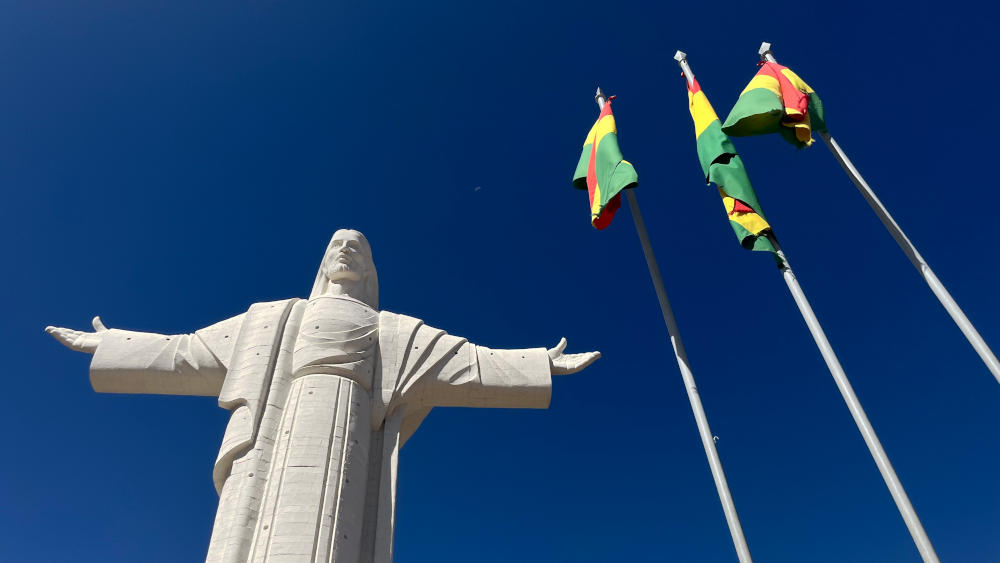
Jesus, as everyone knows, is a patriotic Bolivian
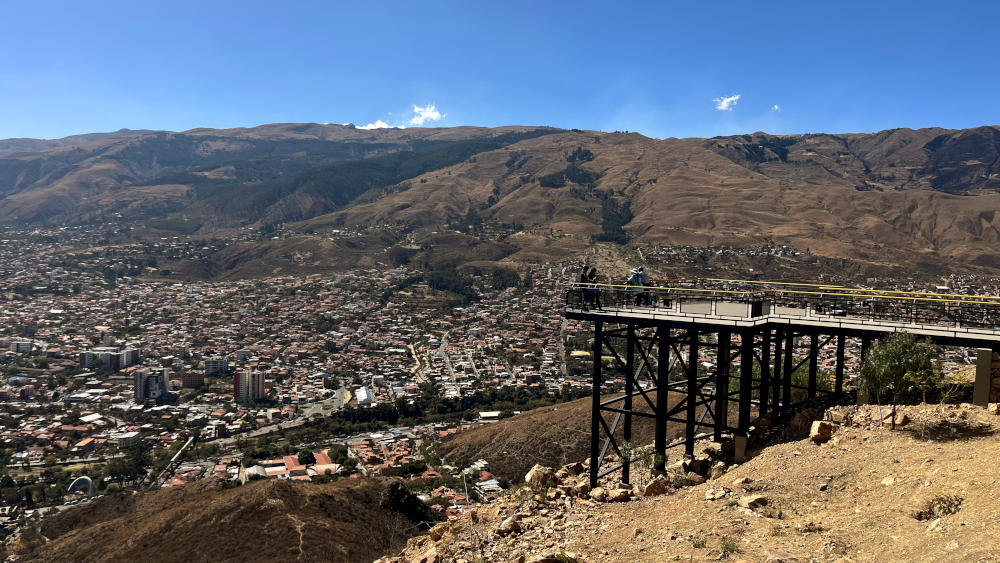
View from the statue over part of Cochabamba
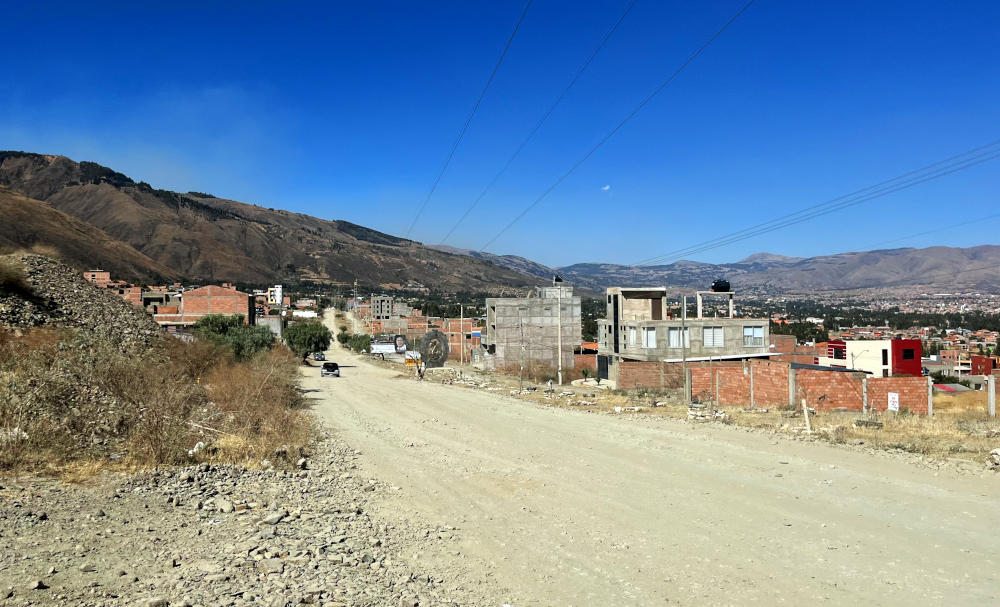
Expanding city: with no green belt, new districts begin with unmade roads, basic services and pioneers building houses. Sacaba will look very different in a few years' time
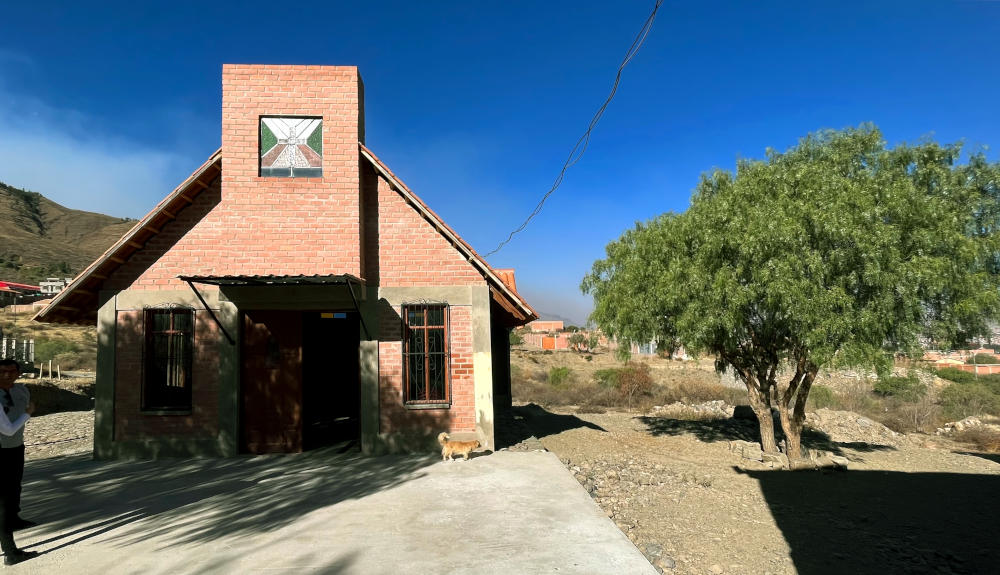
The Anglican church has built a chapel at Sacaba. One day it will be at the centre of the community
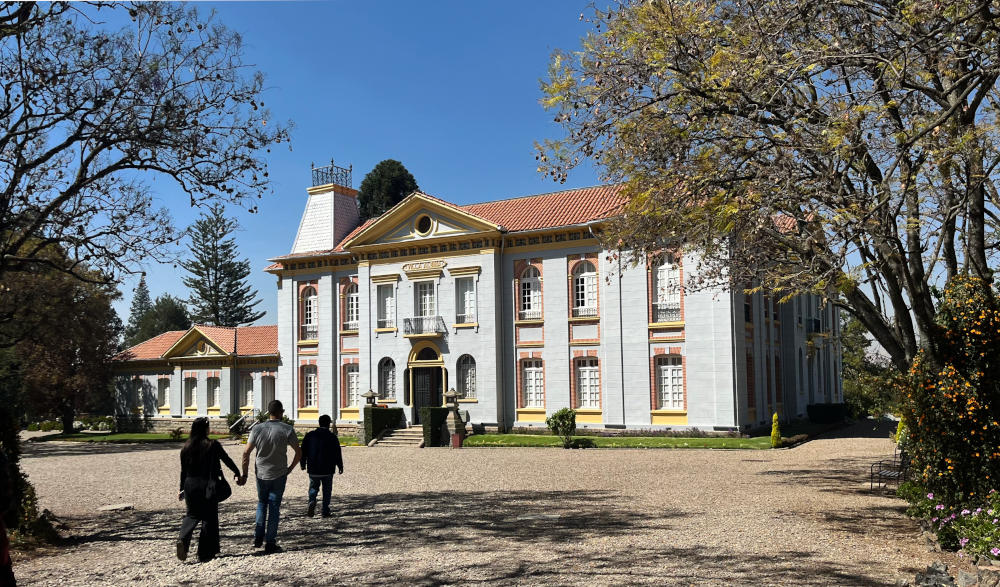
This was once the home of Simon Patiño, who acquired a fortune through mining and was one of the richest men in the world when he died. Bolivia has huge mineral resources in the Andes but these have been of little benefit to the population at large, thanks to exploitation by the Spaniards and, later, individuals and corporations
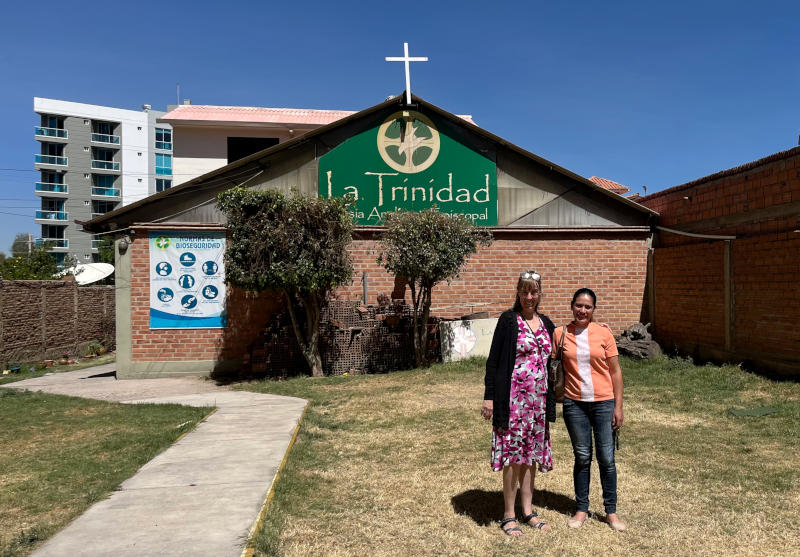
The rather more modest Anglican church building in the centre of Cochabamba: team member Alison is with deacon Natali